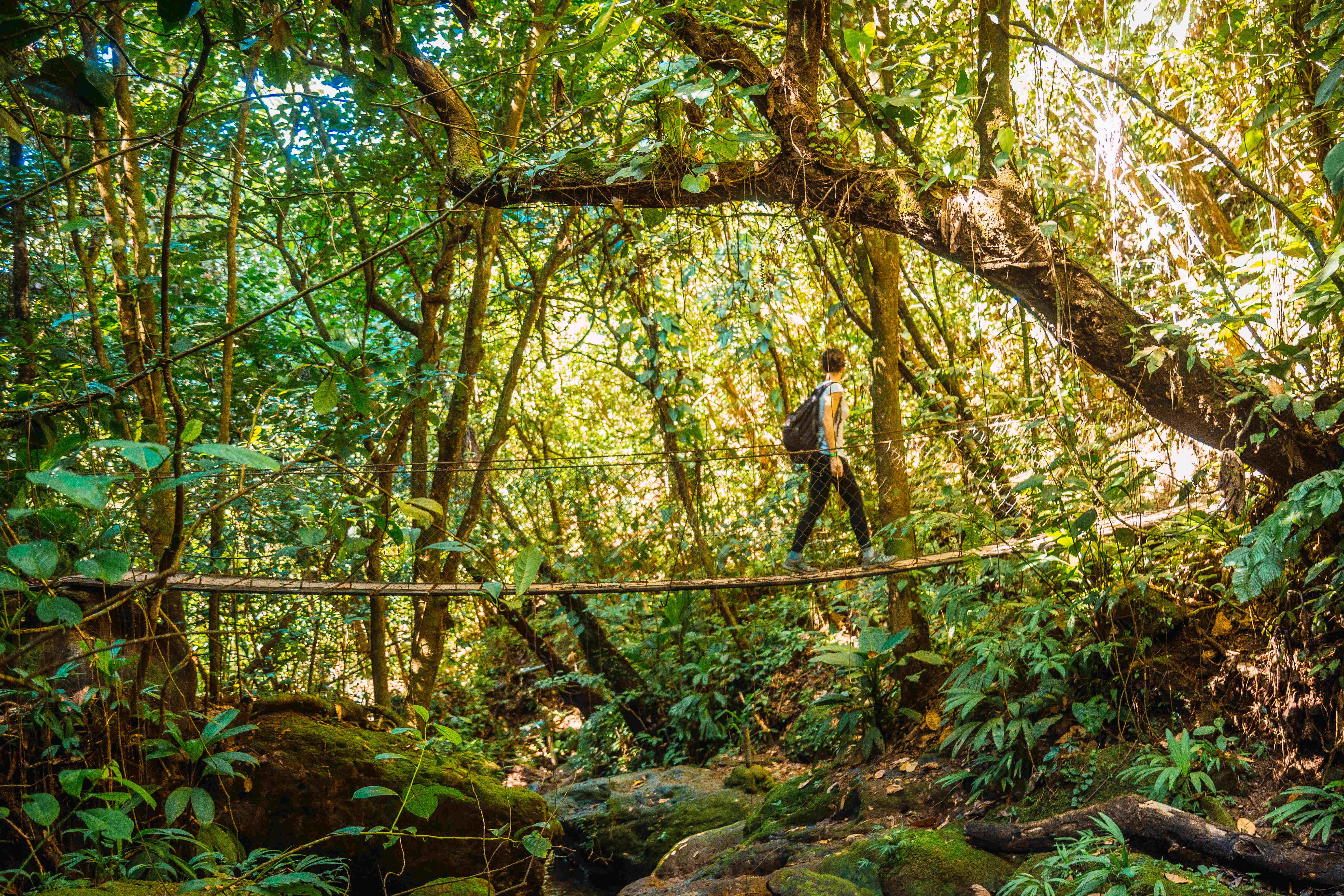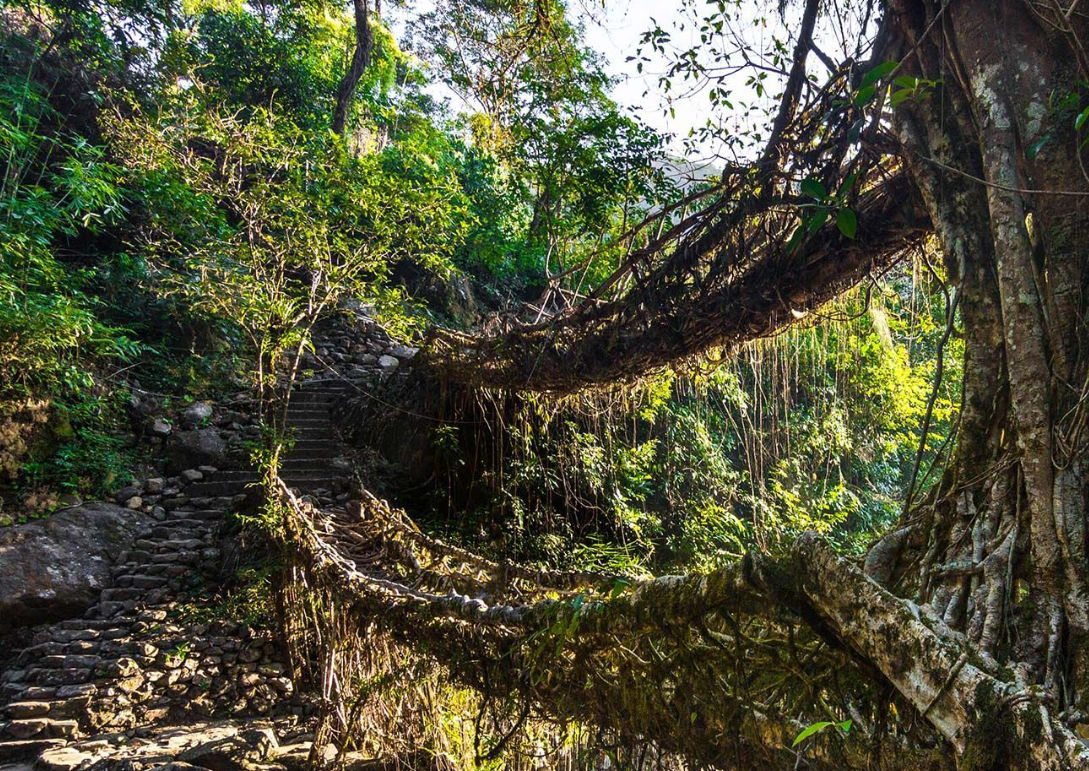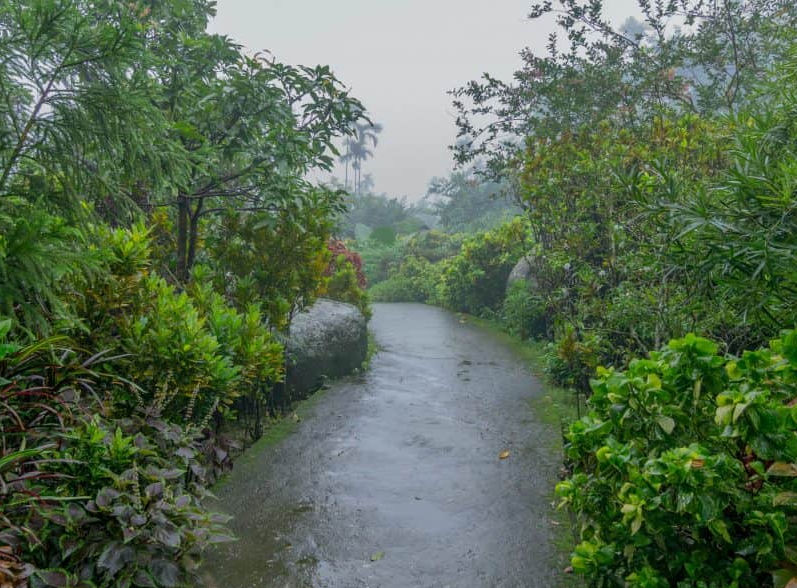Some destinations don’t just look like magic, they are magic. Hidden deep in India’s northeastern state of Meghalaya, the living root bridges are a fusion of human ingenuity and nature’s raw power. These structures, grown over generations from the roots of rubber fig trees, are both functional and sacred – living monuments to patience, place, and the incredible adaptability of indigenous communities.
With Airial, you can build a journey into these remote forests with ease, starting from curiosity and ending in wonder.

Why It’s a Hidden Gem
Because these bridges grow.
Unlike anything else on earth, the root bridges of Meghalaya aren’t built, they’re cultivated. Over decades, local Khasi and Jaintia tribes have guided fig tree roots across rivers and gorges to create durable, walkable structures that self-renew. Some are over 100 feet long and hundreds of years old, surviving monsoons where concrete bridges fail.
The most famous is the double-decker root bridge in Nongriat, a destination that still requires a steep 3,000-step descent to reach, but worth every drop of sweat.

What to Do There / Highlights
- Trek to the Double-Decker Root Bridge in Nongriat village, an awe-inspiring fusion of jungle and tradition.
- Swim in the emerald pools near the base of the bridge after a long hike.
- Visit Mawlynnong, known as the “cleanest village in Asia,” on your way to or from the trek.
- Explore Cherrapunji, one of the wettest places on Earth, with nearby waterfalls like Nohkalikai Falls.
- Engage with local Khasi guides, who can share the oral histories and techniques behind the bridge-building.

Local Tips or Advice
- Best time to visit is October through April, outside of peak monsoon season.
- Start your trip in Shillong, Meghalaya’s capital, and base yourself in Cherrapunji or Tyrna for treks.
- Hire a local guide – they not only help you navigate but offer context that turns a hike into a cultural immersion.
- Pack grippy footwear, eco-friendly bug spray, and extra time, roads in this region can be unpredictable.
How to Use Airial in This Situation:
Planning a trip to Meghalaya’s remote interior requires coordination—Airial streamlines the chaos. Tell it what you’re after (e.g., natural wonders, low-footprint travel, unique hikes), and it’ll optimize your route, recommend sustainable stays, and prepare you for the rugged terrain.
